Storm Damage
Report from the Mudslide Zone in Rio de Janeiro
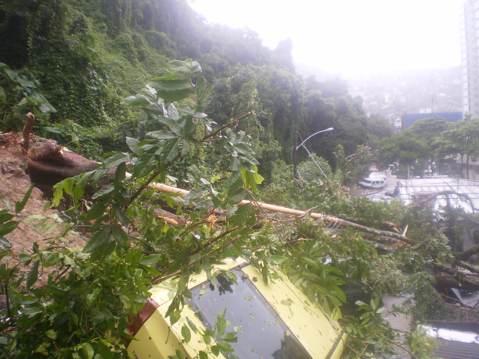
Houses are falling down, sliding off their hillside foundations and crumbling to the land below. They crush all that lies in their paths (trees, protective walls, other houses, cars, electrical lines) and land on the first flat surface they encounter, leaving a trail of rubble (bathtubs, bookshelves, doors, picture frames, window panes, broken furniture, and slabs of wall) behind. By far the greatest part of what makes up said “rubble” is mud.
Such was the heap of disaster I found a step outside the door of my house when I woke up on the morning of Tuesday, April 6. No electricity, no Internet, no phone lines. It took me awhile to realize that school would be canceled.
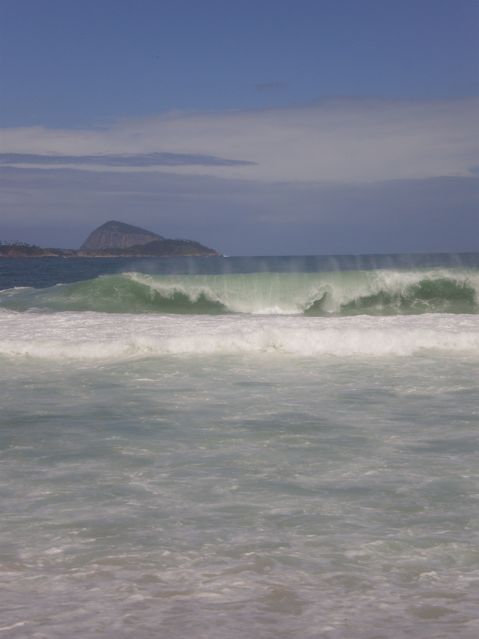
I imagine the disaster took a different form for everybody. For instance, I remained a little confused as to why school was canceled for the week. As an inhabitant of the São Conrado/Rocinha area, which sees most of its residents living in hillside homes surrounded by forest, I spent a good three days thinking the problem was mudslides. The evening of Wednesday, the 7th, I left my house for two hours and came back to find my doña de casa, Angela, all shaken up about a giant, apparently healthy tree which had fallen on the house. The two of us spent the night listening to the thunderous sounds of constant, extreme winds and rain, and imagining more houses and trees falling down and crushing everything.
It was not until I evacuated my house on Thursday, the 8th, that I saw any headlines, and they mostly concerned flooding. “What flooding?!” I thought. There’s a pile of house remnants and mud and crushed cars blocking the road up the hill to my house, but I sure haven’t seen any floods.
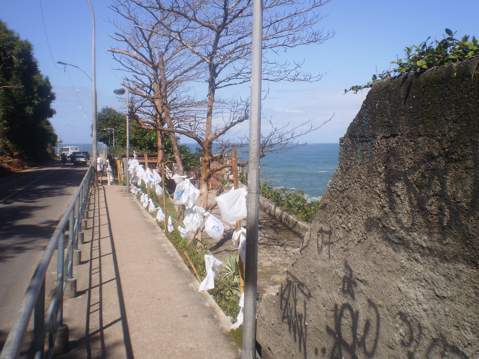
Sure enough, my friends who live in other, flatter neighborhoods (including the one where PUC, my university, is located) were ready, come the weekend, with tails of waist-deep trudges home in the torrential downpour, submarine cars, and crafty children rafting about the streets. How suddenly my account of falling houses and trees turned trite in comparison.
And then there was the tragedy in Niteroi, the city that lies opposite Rio, on the eastern side of Guanabara Bay, and features excellent views of Rio. While Angela and I spent time away from home, in the southern part of Rio, to wait out the rains and potential further mudslides, her son, who happens to be a reporter for Globo, Rio’s most widely-read newspaper, spent the week covering the catastrophic effects of the storm on Niteroi. The 146 people who are counted in the official death count of the massive Niteroi mudslides can be doubled, when considering those who have not yet been found in the piles of mud. Once again, the intensity of my tales from São Conrado diminishes when thrown into the bigger picture.
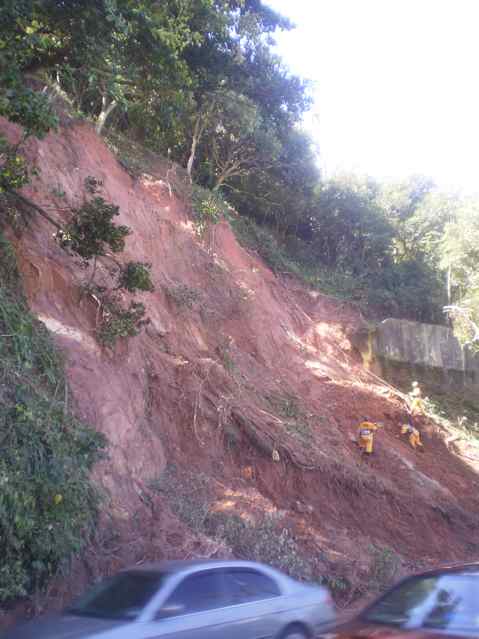
Come Friday the 9th, the weather began to clear up, and the process was remarkable. The sky and the sea took on exceptional forms that only augmented the already striking beauty of Rio. Umbrella-clad people, still “enjoying” the days off work while the city recovered, emerged from their hiding places to come out to the beach and observe the intense cloud/enormous wave combination.
Saturday the 10th, the first sunny day in a long week, saw a glorious show of true Carioca spirit. Like the beach-crazed monster that it truly is, the Carioca population swarmed to the beaches, renewing its sun-depraved existence after what seemed like a lifetime of cloudy torture.
The weekend also saw the first legitimate surfing waves on Rio’s popular swimming beaches in something like 40 years. While sunbathers had to take serious care not to be sucked out to sea, surfers spent the day in front of normally tranquil Copacabana, Ipanima, and Leblon beaches battling waves up to 10 meters high.
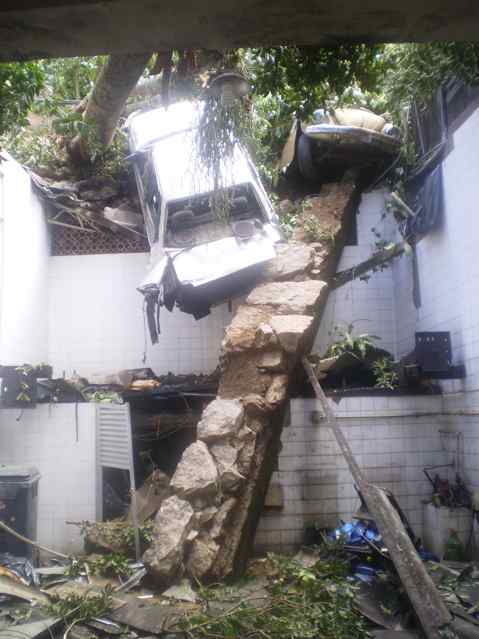
Come Sunday, the city feels a little confused. A week ago, traffic was full of people returning from Easter weekend getaways. You could feel that end-of-break sentiment in the air, the one where people everywhere force themselves to get into a positive back-to-work/school spirit, all the while thinking, that was too fast!
And then Monday, April 12 happened—a normal morning that ended up in a typical Rio downpour that would, we thought, lighten up in no time. And then there were mudslides, and floods, and public transport stopped, and people were killed, and public and private institutes alike shut down, and basically every service that requires wires became undependable.
The city went through a time warp. My reflections are similar to those from after Carnival: Seriously—What just happened?!
Finally, post-Easter and post-epic rain disaster, Rio’s getting back into the swing of things. (Except for a quick bus strike Monday morning—as a rule, something must always be obstructing the smooth running of daily life.) As for me, I’ll be setting aside a little more commute time to navigate the fallen house blocking my way.



